Teaching Your Puppy to Stay
Teaching your puppy to stay is an essential command that not only cultivate impulse control but also vital in keeping her safe when your attention is briefly needed elsewhere.
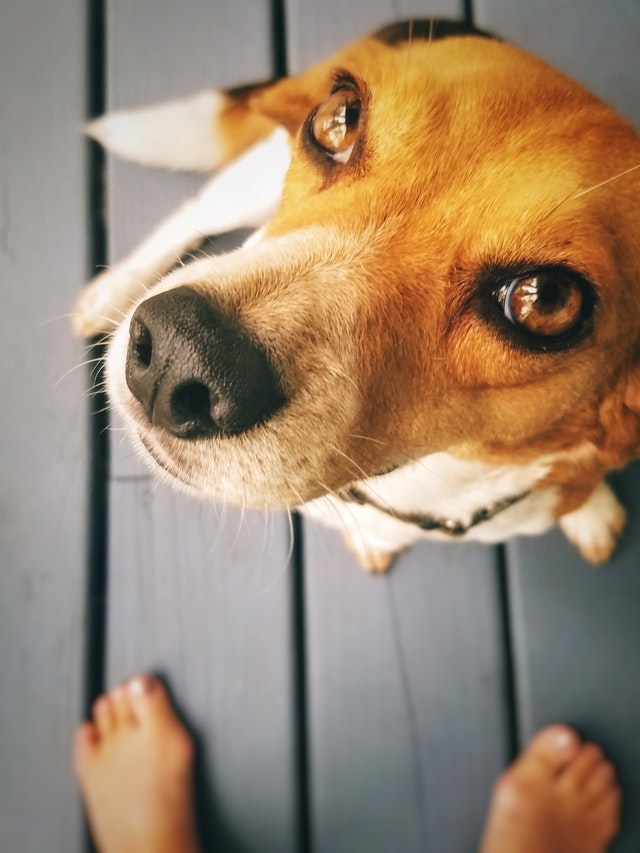
3 to 4 months old onward is a good time to teach this command and for a start, mastering 'Sit' will greatly ease learning the 'Stay' command.
Keep lessons short and sweet using tantalizing treats and toys as rewards. Always end each session on a positive note so that your puppy looks forward to the next one. If you feel that a session is going nowhere, STOP for now. Better yet, go back to something she already knows just so she can continue to earn your praises and rewards along with building that confidence.
As with all training, understand that this is a process that cannot be rushed. Time spent training together are opportunities for building a bond regardless of progress. Nothing is wasted. The last thing you want is frustrating yourself and your puppy.
Breaking down the 4 milestone of teaching your puppy to stay below; Conditioning, Weaning off predictable reward pattern, Increasing distraction and distancing.
Teaching your puppy to stay - Conditioning
Use treats that you know your puppy can't resist. These exclusive treats should only be given out on special occasions or training purposes to help her focus with the urge to earn them.
Also, hand signals are great tools to reinforce vocal commands and speed up learning. They also encourage your puppy to be more attentive towards you!
- In a distraction free room, command your puppy to 'Sit', reward her with a treat immediately when she complies, then direct her with 'Stay', flashing your hand signal at the same time.
- In this sit and wait position, hold for 2 seconds and reward her with another treat. Repeat 'Stay' with the hand gesture, pause for another 2 seconds and reward her with another treat. Rinse and repeat for about 3 to 4 rounds.
- Release her with a command. 'Go', 'Free' or 'Release' are great release commands to use. You can use anything you deem fit, just remember to pick one and stick with it! 'Release' her with the command as you swing your arm forward and step out of position. If your puppy continues to hold their Stay position even after you release her, reward her again.
- Ignore her for the next 20 to 30 seconds before calling her over and start the exercise from the top. Repeat about 3 to 4 times per session.
After 3 days of consistent success, lengthen the duration of stay from 2 seconds to 4 seconds and practice till another 3 days of consistent success is achieved. From there, keep stretching the time from 6 seconds then 8 seconds and so on.
Tip: Teaching your puppy to stay is easier when she is tired. Take advantage of that after a walk or a play session!
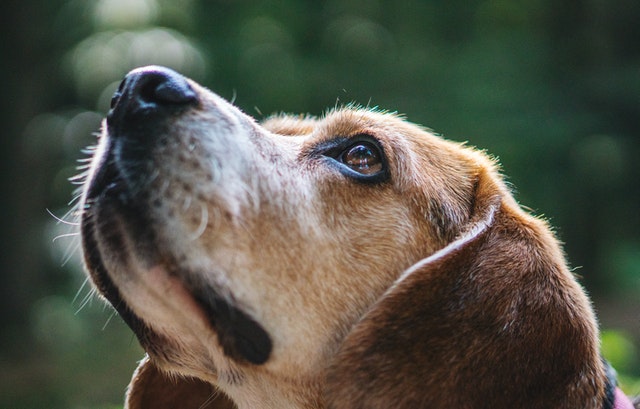
Teaching your puppy to stay - Weaning off pattern
The next step is simply applying the same steps as previously discuss with the only difference of varying the timing of rewards. For Example:
- Stay - Pause for 1 second - Reward
- Stay - Pause for 6 seconds - Reward
- Stay - Pause for 3 seconds - Reward and release
Extend the general intervals as training progress from say, 3 - 5 seconds to 4 - 6 seconds and so on but don't fuss over too much about keeping track. Remember the whole point of this phase is being unpredictable.
If your puppy show signs of restlessness during the current interval, go back a step or two and start again with a shorter interval. Don't rush the process!
The benefits are two-folds; Firstly, this allow the 'Stay' direction to be more applicable in real world scenarios because your attention needed elsewhere always varies in duration. Secondly, this exercise will likely take on a life of its own with the tendency to evolve naturally into a mini game of sort. In time, your puppy will try to anticipate when you will reward her. This promote another layer of engagement and attention which is always a plus.
Tip: Avoid staring during training as it might intimidate your puppy. Also, bending towards her might cause her to misinterpret that you want to play instead of taking you seriously! So stand tall!
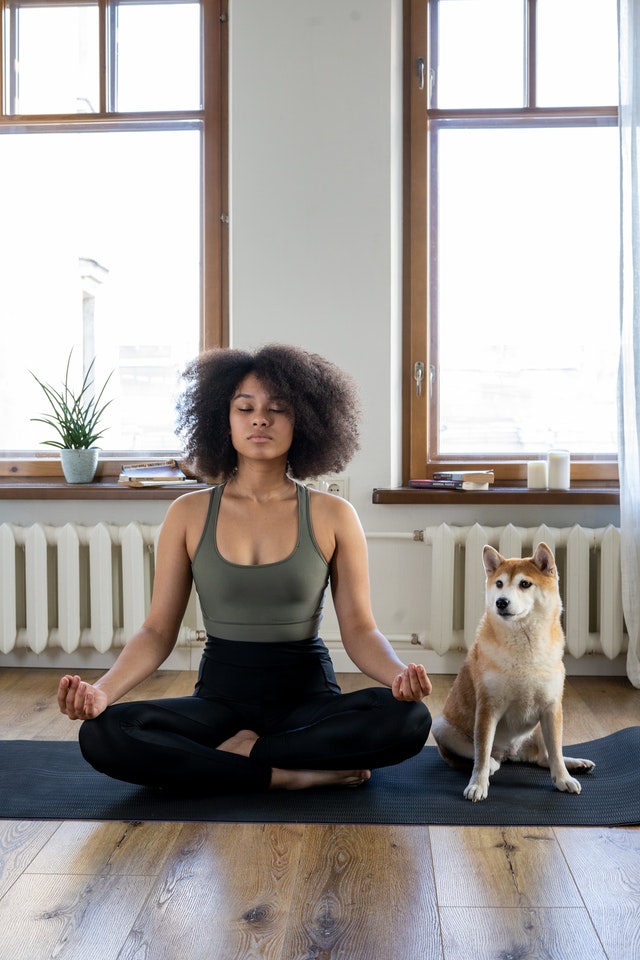
Teaching your puppy to stay - Introducing distractions
With progress, its time to gradually build up her tolerance for distraction. Start by teaching your puppy to stay when there are people around, with the TV or radio on, while the vacuum or washing machine is running in the background etc. Start off with very little distractions at first and work your way up.
Tip: At this point you can start to wean off food dependency rewards by not consistently hand them out at every step of the training like you used to. Instead, try to engage her with new and fun routines as rewards! That's not to say you should completely phase out treats because food is still a powerful incentive to a dog.
Practice the steps below twice a day:
- Leashed your puppy and bring her to a distracting free room. Fold the leash in one of your hands in such a way that it's taut but not uncomfortably tight. Hold the leash directly above her head at your hip level.
- Aligning your puppy by your ankles facing her, instruct 'Sit'.
- Then 'Stay' her as you flash your hand signal just in front of her nose and pause for 5 seconds. 'Release' her with the appropriate command and hand sign.
- Now instruct the 'Sit and Stay' again then turn, facing away from her and pause for 10 seconds. Turn back around facing her again and 'Release' her as per normal.
- Return to the starting position and begin the whole 'Sit and Stay' cycle again to the point of facing away from her. This time march on the spot slowly at first to condition your puppy to restraint herself from this physical distraction. When she is able to hold herself in the 'Stay' position, gradually increase your marching speed.
- Pivot and pause for a few seconds facing away from her. Then try jumping and waving. Again slowly at first. When she is able to hold her position, make some happy noise on top of your physical distractions. Now turn back to face her, pause for a few seconds (remember the tip from earlier; don't stare at her) and 'Release' her.
- Repeat the whole process again from your starting position and the goal here is holding her 'Stay' position for 30 seconds (eventually 2 minutes) before returning beside her with a pause then 'Release'. And that will be a complete session!
Tip: In time, step up from marching and jumping to more distracting maneuvers like doing cartwheels and making animal noise! How far can you or your puppy go?
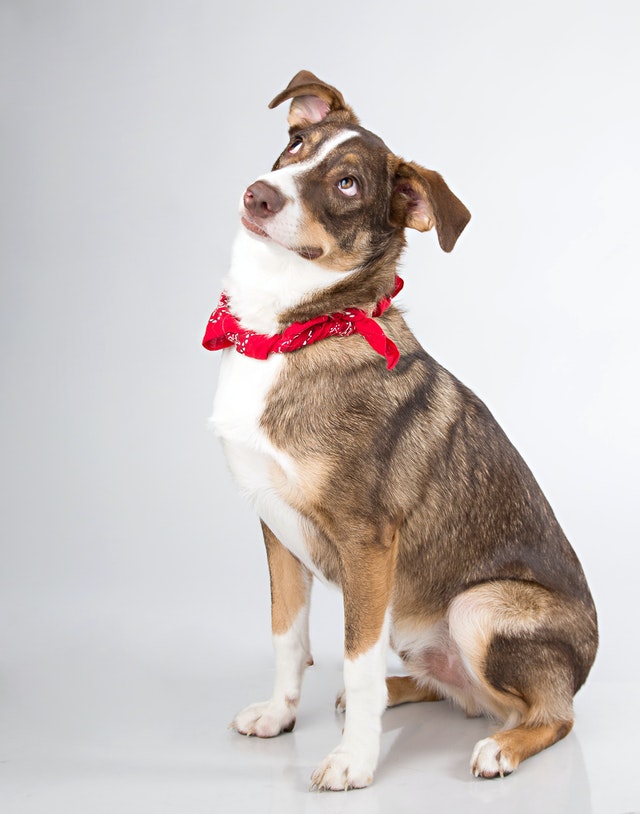
If she is having difficulty holding the 'Stay' position, start off with a shorter time interval e.g.; 2 - 4 seconds and gradually increase the time interval with progress.
When your puppy could work well in various distracting situations, its time to up the ante with training 'Stay' using the main doorway of your home. The goal here is for your puppy to hold 'Stay' long enough to let you walk through the doorway first. Eventually, practice this under different prospects that excite her like going for a walk, swimming in the pool or going on a car ride.
Your main entrance is a symbol of sights, scents and adventure going out and food, love and family coming back. It is always exciting for her using that doorway! Keep things calm during the early days of training with slow deliberate movements. It will be a little challenging at first but once you have conditioned her to 'Stay' on cue here, teaching your puppy to stay in more distracting outdoor environment becomes easier.
Tip: Resist petting her even though it's tempting! Reserve physical affection until session is over as too much petting could distract her during training. Reward her with praises instead.
Teaching your puppy to stay - Distance
Move out one foot at a time, keeping it distraction free at first with each new distance. With success. reintroduce distractions gradually with increase duration. As training progress, you can leash your puppy to a secure location and continue increasing the distance.
Teaching your puppy to stay takes time. Don't rush the process. Remember not only will your puppy acquire a valuable life skill in the end, you and her will get lots of opportunity to bond along the way.
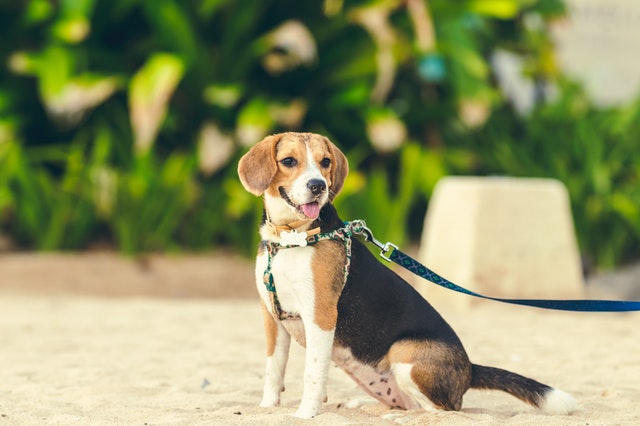
Go to Do's and Don'ts of Training a Puppy to Come
Back to New Puppy Care Guide (Homepage)
- Home
- Puppy Training
- Teaching stay/sit